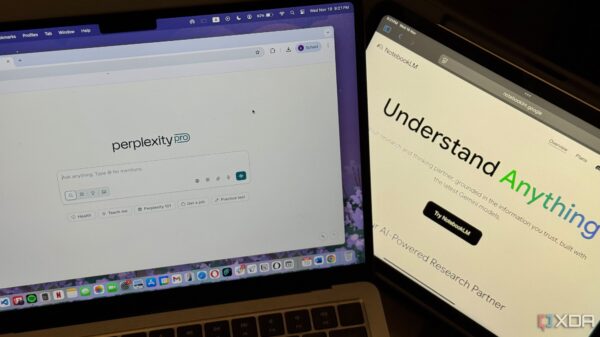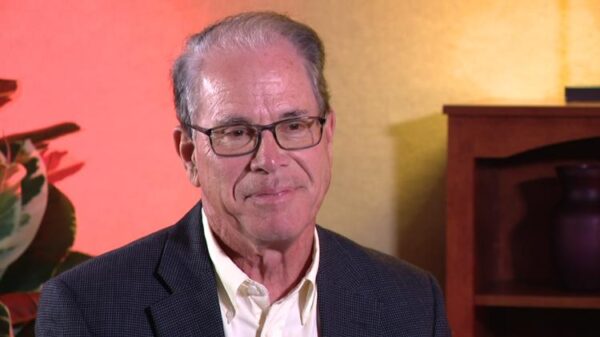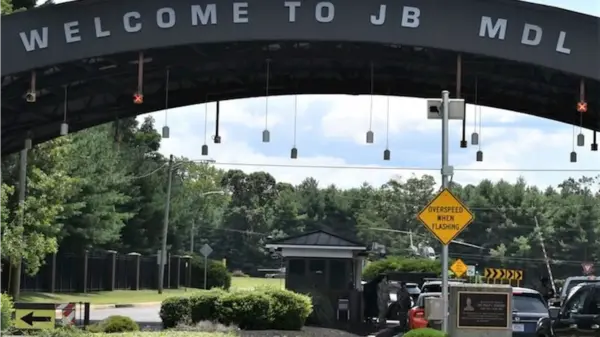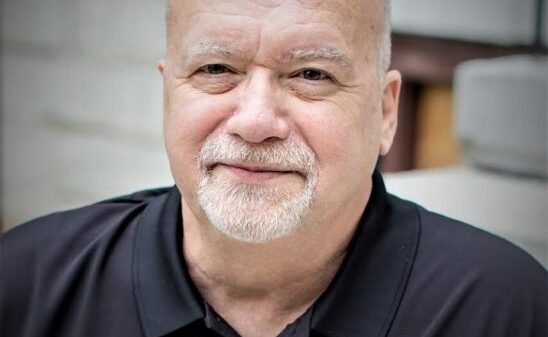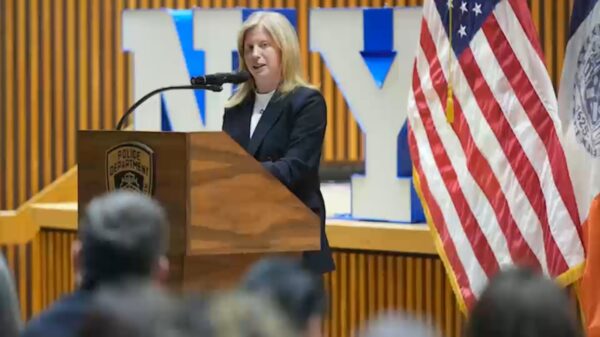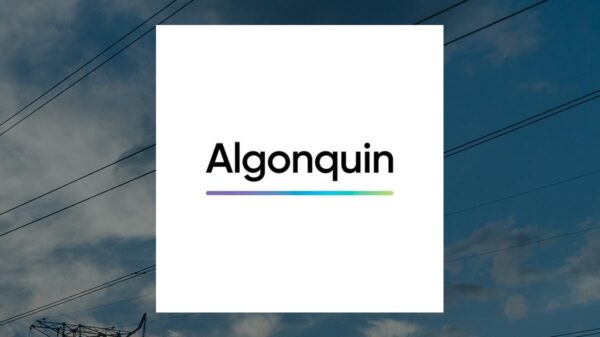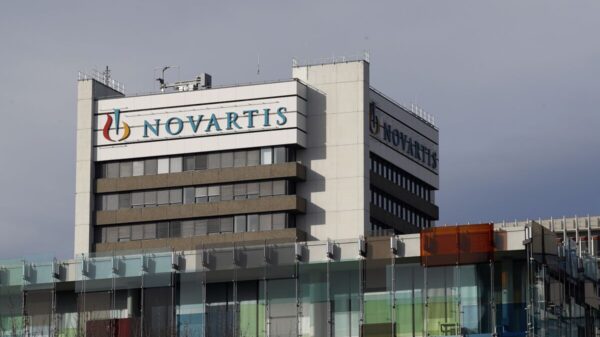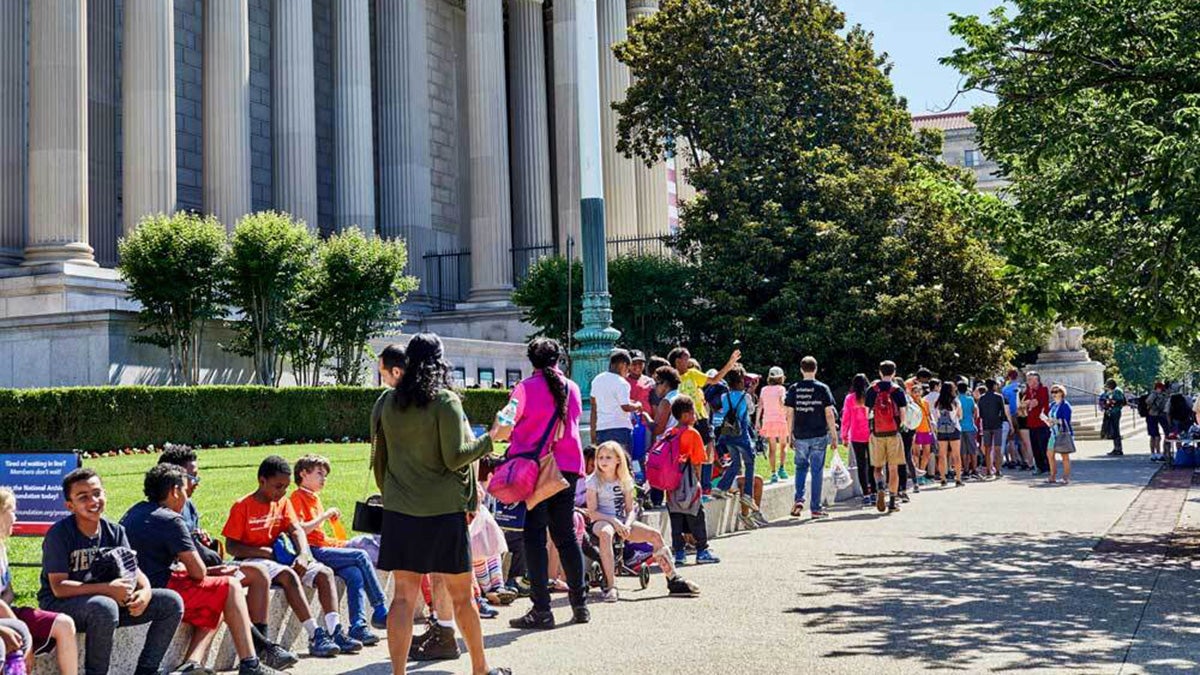Research conducted by the University of Southern California (USC) has uncovered significant barriers faced by less affluent and less educated neighborhoods in accessing cultural institutions that promote social mobility. The study, co-authored by USC Price Professor Elizabeth Currid-Halkett, highlights geographic and economic challenges that limit opportunities for residents in these communities.
While cultural institutions such as museums, theaters, and galleries serve as vital resources for personal and professional development, the findings indicate that individuals in disadvantaged neighborhoods are often located much farther away from these facilities. This distance can deter participation and limit the benefits that access to culture can provide.
Geographic Disparities in Access
The study analyzed data across several urban areas, revealing a consistent trend: neighborhoods with lower income and education levels are disproportionately located away from cultural hubs. For instance, residents in these areas may face longer travel times and higher transportation costs, which can further complicate their ability to engage with cultural resources.
According to the report, these disparities are not merely a matter of distance. They reflect systemic issues that perpetuate inequality. The lack of access to cultural institutions contributes to a cycle where social mobility becomes increasingly difficult for individuals in these communities.
Impact on Social Mobility
Cultural institutions play a crucial role in enhancing social mobility by providing educational programs, networking opportunities, and exposure to diverse perspectives. Currid-Halkett emphasizes that when access is limited, the potential for individuals to improve their economic situation diminishes significantly.
The study suggests that addressing these barriers requires targeted policy interventions. Local governments and policymakers need to recognize the importance of cultural access as part of broader social equity initiatives. Investments in public transportation, community programs, and outreach efforts could help bridge the gaps identified in the research.
In conclusion, the findings from the USC study serve as a call to action for communities to prioritize equitable access to cultural institutions. By acknowledging and addressing the challenges faced by disadvantaged neighborhoods, society can move toward a more inclusive future that fosters social mobility for all.




